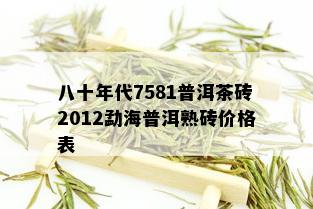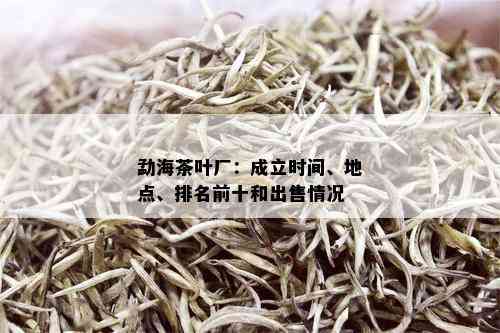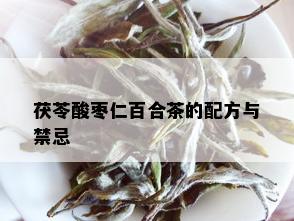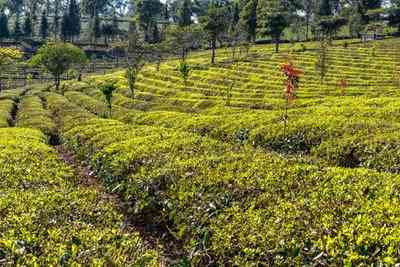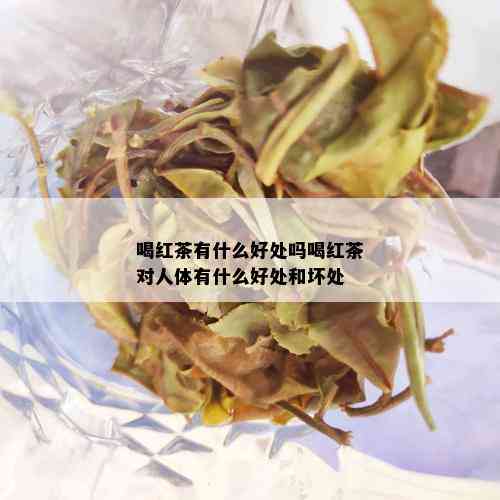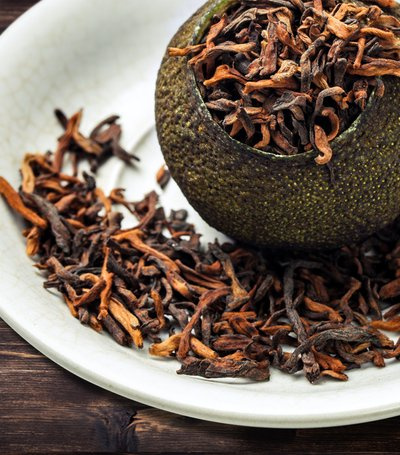白茶是中国传统的名茶之一,以其原产于福建的产地而闻名于世。白茶的茶颜色亮清澈,有时会呈现淡黄或者浅绿的色调。普洱茶是云南的特产茶,根据其鉴价值,可以分为熟茶和生茶。熟茶的茶颜色有时会呈现红褐色,有时会偏向深红色,而生茶的茶则呈现清澈的橙黄色。
白茶和普洱茶有着明显的区别。首先,白茶采用的是嫩芽和精细叶片,制作工艺相对简单,经过采摘后只进行晾晒而不经过其他的处理过程。而普洱茶选用的是较粗糙的老叶,制作工艺复杂,需要经过揉捻、堆积等环节的处理。

其次,白茶和熟普洱茶的区别主要在于熟化程度。熟普洱茶是经过人工催发和堆积发酵而成,具有独特的陈年香味和沉稠的茶口感。而白茶则没有经历这些处理过程,所以不会具有陈年味。另外,白茶的茶口感清淡柔和,而熟普洱茶的口感浓烈醇和。
最后,白茶和普洱生茶的区分主要是根据茶的颜色和口感进行判断。普洱生茶的茶呈现橙黄色,有时会带有略微的青涩味。而白茶的茶清澈透明,入口清香醇和,不会有任何的青涩味道。
总的来说,白茶与普洱熟茶和生茶是可以一起喝的,但是需要根据个人的口味和喜好进行搭配。白茶淡雅清香,适宜单独享用或和其他淡味茶品搭配;而熟茶和生茶的品饮则更多追求陈年香味和沉稠口感,可以单独品饮或者搭配其他饮品享用。
In English:
White tea is one of the traditional famous teas in China, known for its origin in Fujian province. The tea soup of white tea is bright and clear, sometimes having a light yellow or pale green hue. Pu-erh tea is a specialty tea from Yunnan, which can be divided into ripe tea and raw tea based on its reciation value. The tea soup of ripe tea can ear reddish-brown or dark red at times, while the tea soup of raw tea presents a clear orange-yellow color.
There are clear differences between white tea and Pu-erh tea. Firstly, white tea is made from tender buds and delicate leaves, with a relatively simple production process. After plucking, it is only dried without undergoing other processing steps. On the other hand, Pu-erh tea is made from rougher and older leaves, involving complex production processes such as rolling and fermentation.
Secondly, the difference between white tea and ripe Pu-erh tea lies in the degree of fermentation. Ripe Pu-erh tea undergoes artificial fermentation and aging, resulting in a unique aged fragrance and thick tea soup. White tea, however, does not undergo these processes and does not develop an aged flavor. Furthermore, the tea soup of white tea has a light and smooth mouthfeel, while the tea soup of ripe Pu-erh tea is rich and mellow.
Lastly, the differentiation between white tea and raw Pu-erh tea is mainly based on the color and taste of the tea soup. The tea soup of raw Pu-erh tea presents an orange-yellow color, sometimes with a slight astringency. Meanwhile, the tea soup of white tea is transparent and clear, with a refreshing and mellow taste without any astringency.
In conclusion, white tea can be enjoyed together with both ripe and raw Pu-erh tea, depending on personal preferences. White tea is suitable for solo consumption or pairing with other light-flavored teas due to its elegant and delicate aroma. Ripe and raw Pu-erh teas are more commonly enjoyed for their aged fragrance and thick mouthfeel, either alone or paired with other beverages.

